Rule Against Perpetuity
Introduction
The term "perpetuity" refers to something that lasts forever or for an unlimited period of time. In the context of the Transfer of Property Act in India, the rule against perpetuity addresses restrictions on transferring property in a way that makes it inalienable for an indefinite period.
Transfer in Perpetuity
A transfer in perpetuity occurs when property is transferred in a manner that makes it inalienable in the future for an indefinite period. This can happen in two ways:
- By removing the transferee’s power to transfer the property.
- By creating an improbable future interest.
However, according to Section 10 of the Transfer of Property Act, any condition that restricts the transferee’s power to transfer the property is void.
Rule Against Perpetuity
The rule against perpetuity ensures that property cannot be made inalienable forever or for an indefinite period. This rule is outlined in Section 14 of the Act.
The Period of the Rule
- Lives in Being: The interest must be conferred within 21 years of the person’s death.
- Plus Twenty-One Years: This is an additional period in gross.
- Periods of Gestation: The period of gestation may extend at the beginning and end of "lives in being" and at the end of 21 years.
Object of the Rule Against Perpetuity
The purpose of this rule is to ensure the free circulation of property. It aims to:
- Prevent property from being tied up forever.
- Promote trade and commerce.
- Improve the property’s utility.
- Protect the property owner's interest, allowing them to dispose of the property even in emergencies.
Principle Behind the Rule
The rule is based on public policy. Without it, properties could become static and economically unproductive.
Conditions Necessary
- The property must be alienated.
- The transfer must benefit an unborn child, giving them absolute interest.
- The transfer of interest to the beneficiary must follow the life or limited interest of living persons.
- The unborn beneficiary must be born before the death of the last preceding living person.
- The beneficiary's interest can be postponed only until the life of the living person plus the minority of the beneficiary—not beyond that.
Exceptions to the Rule Against Perpetuity
- Transfer for Public Benefit: Transfers made for the public's benefit, such as for the advancement of religion, knowledge, commerce, health, or safety, are exceptions to the rule.
- Personal Agreements: Personal agreements that do not create any interest in the property are exempt from this rule, as it applies only to property transfers and not to personal agreements or contracts.
Relevant Cases
- Supreme Court Observation: The rule against perpetuity applies only to contracts that create property rights. It cannot be applied to agreements of pre-emption, even if no time limit is specified for exercising the right.
- Bombay High Court Case: The court declared that a gift of movable property to a son, with a subsequent gift of shares to the son’s son when he reached the age of 21, was void.
Conclusion
The rule against perpetuity limits the duration of restrictions on property use and transfer. It ensures that property interests are not postponed beyond the lifetime of any person living at the time of the transfer. While the rule has certain exceptions, its core principle is to prevent the excessive restriction of property rights.
Share
Related Post
Tags
Archive
Popular & Recent Post
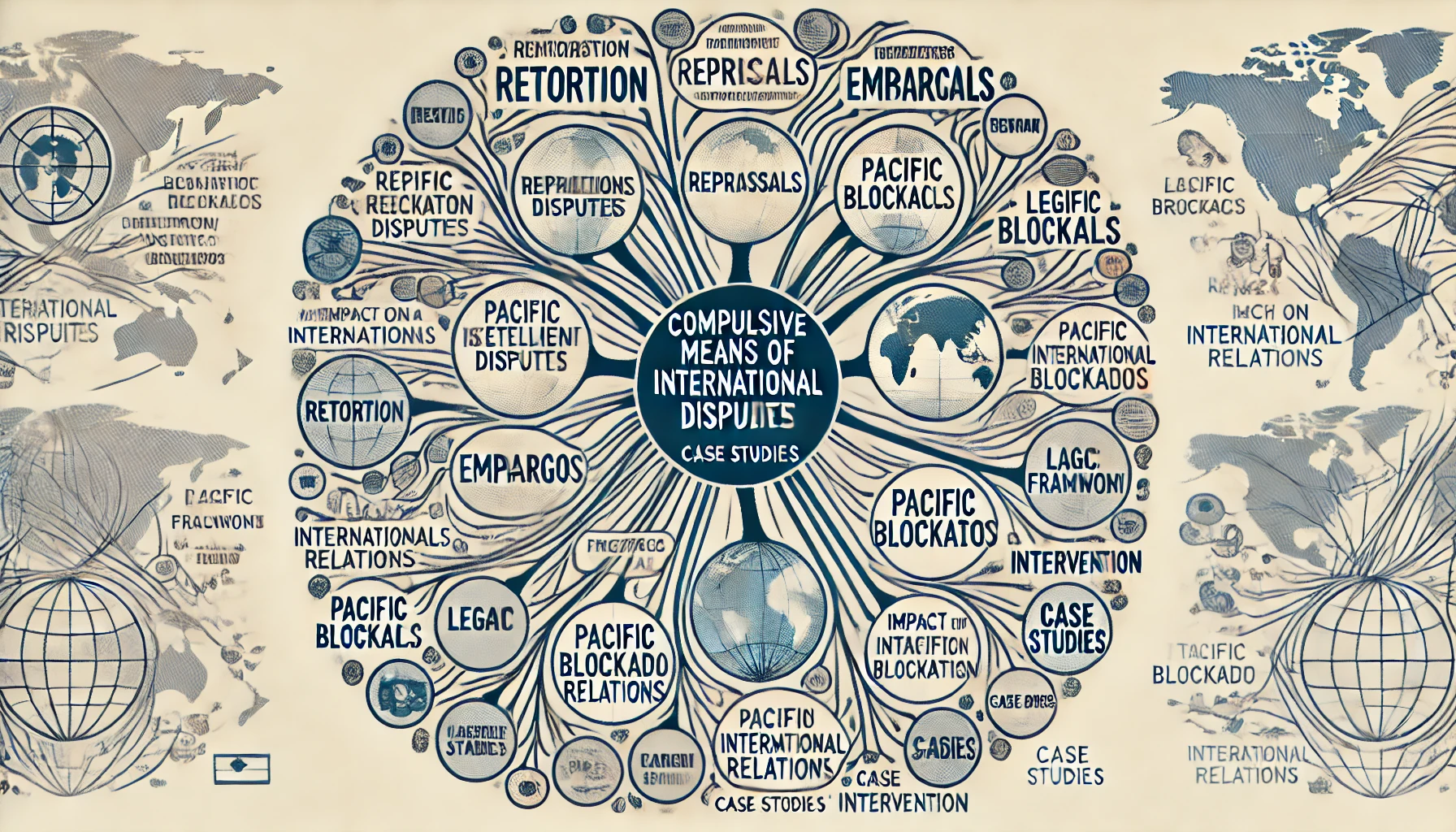







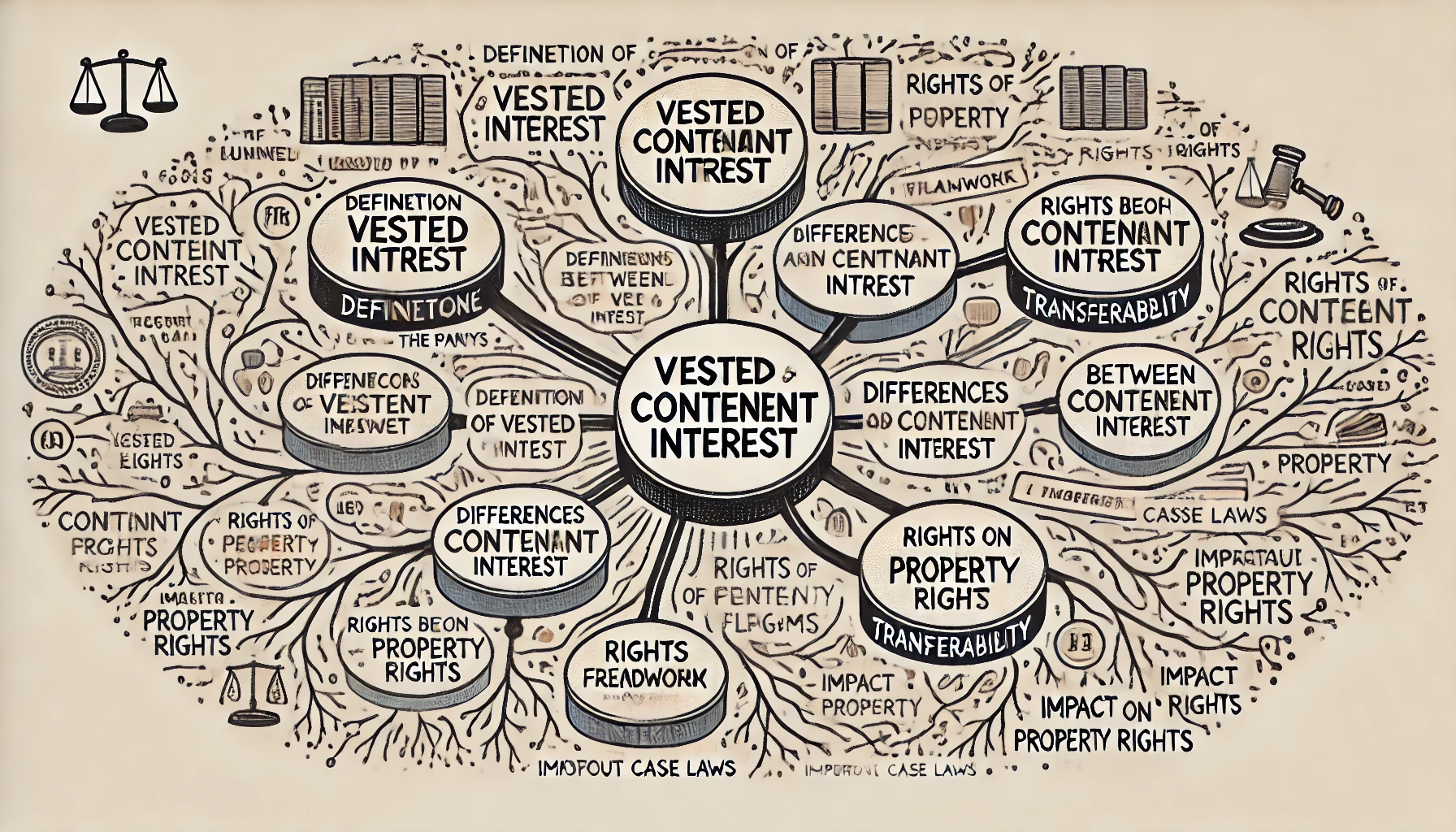

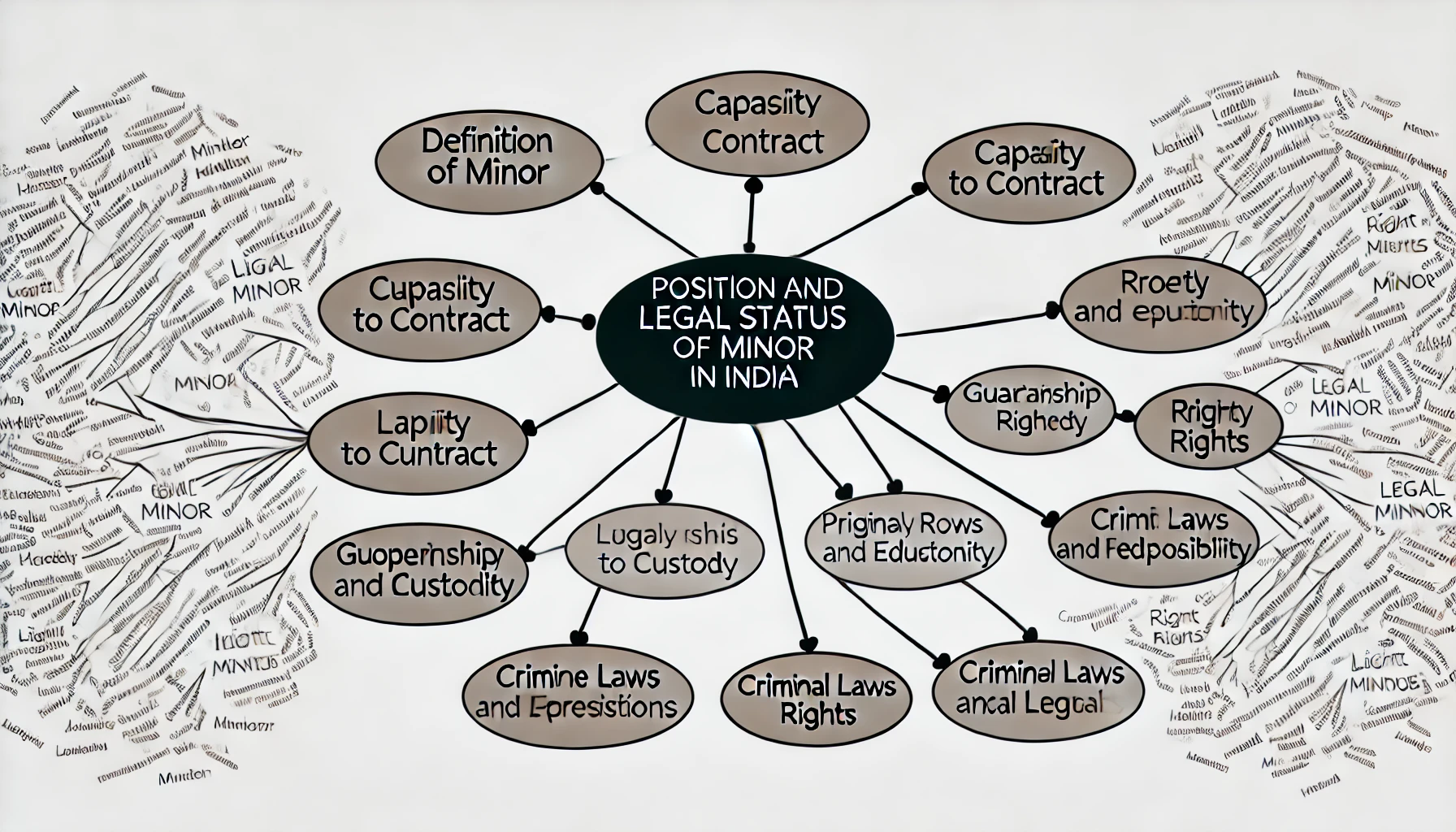
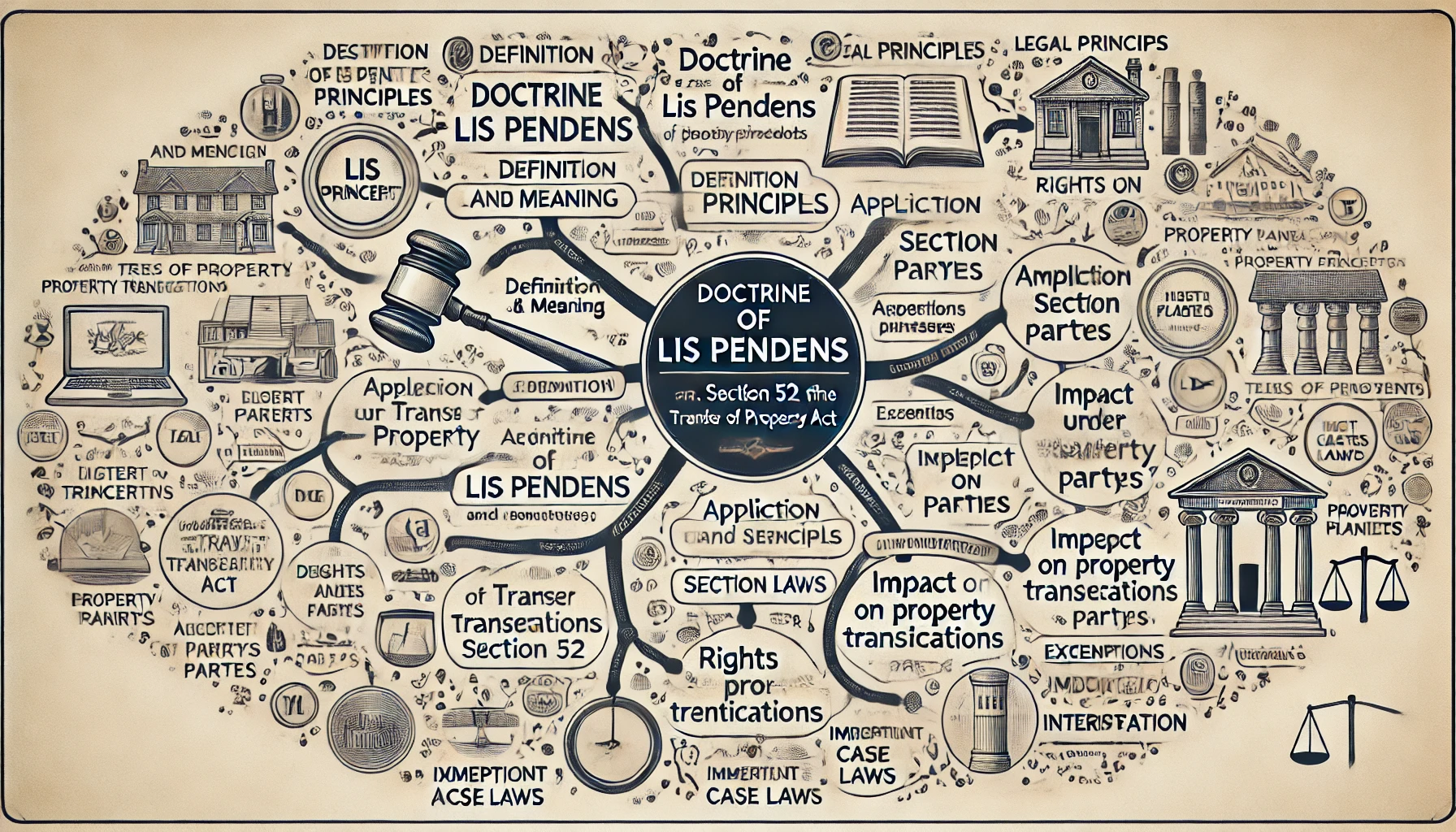
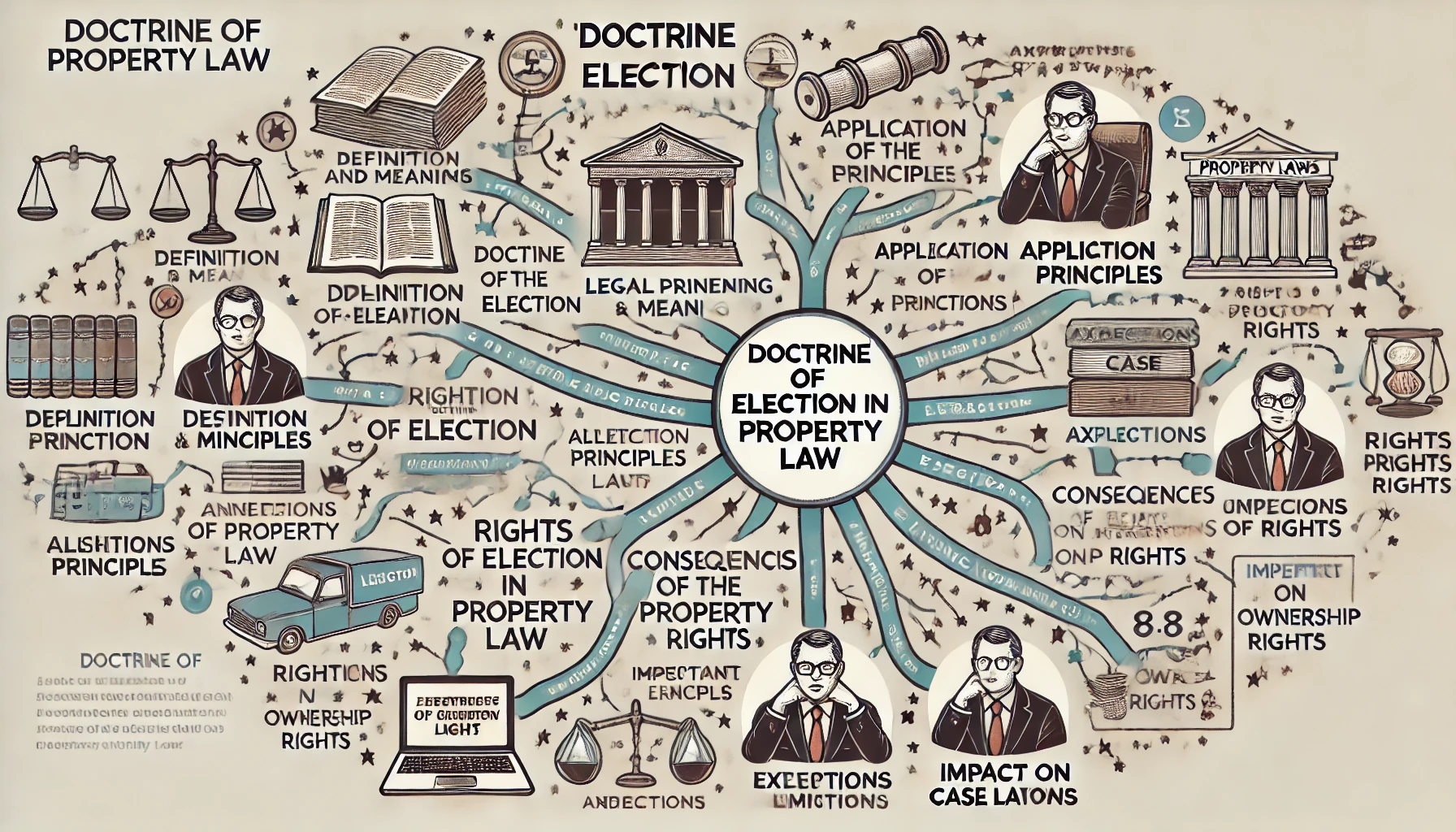
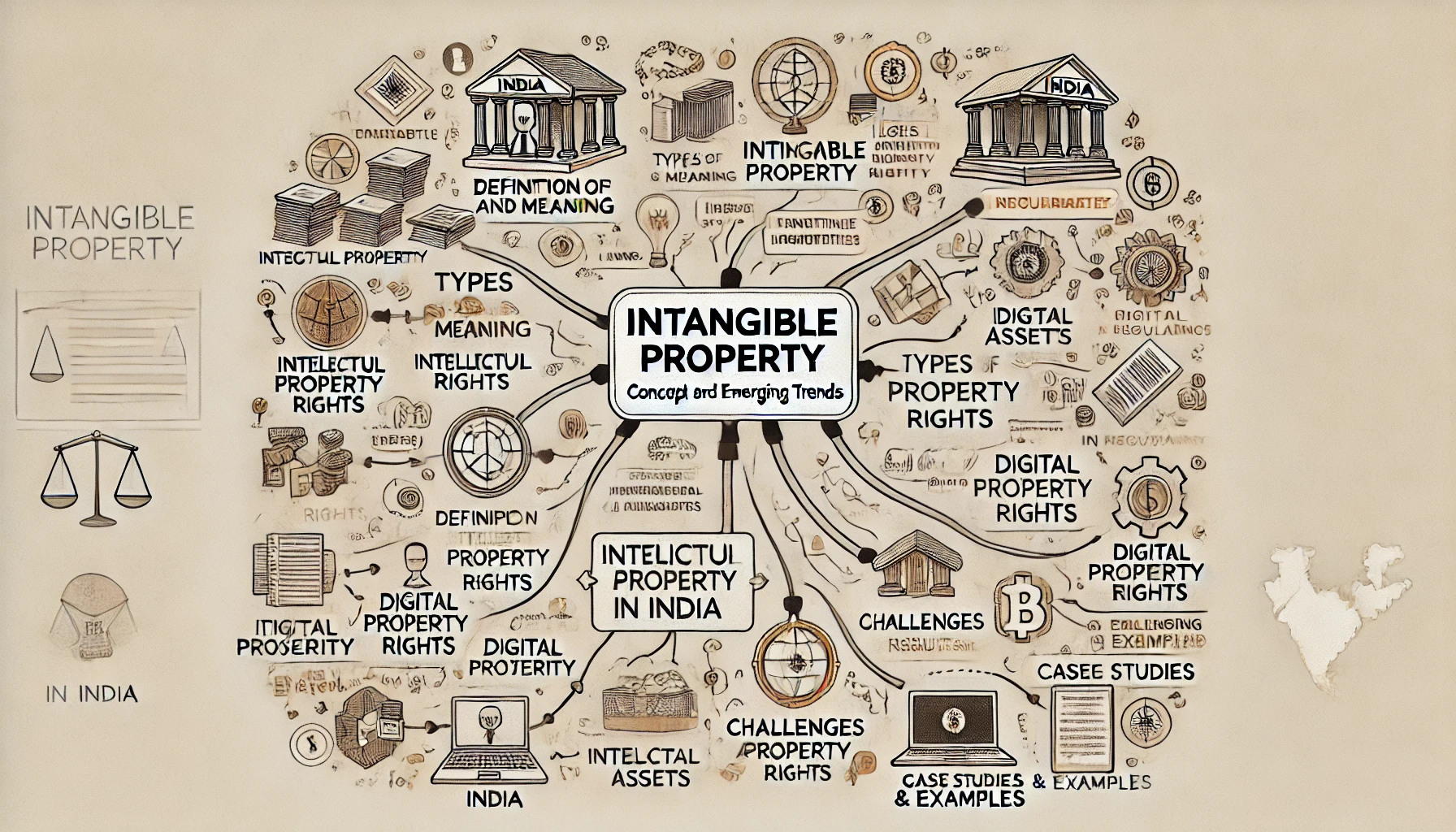

























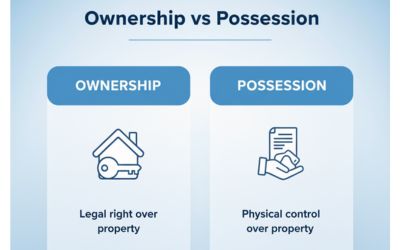



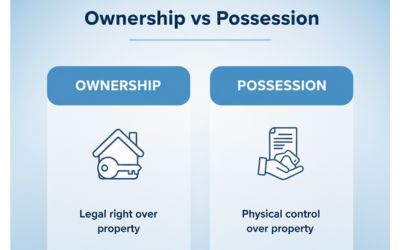

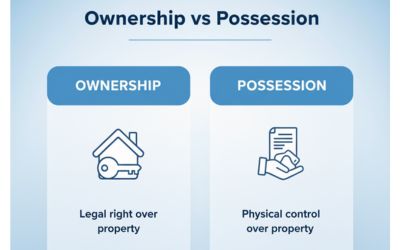

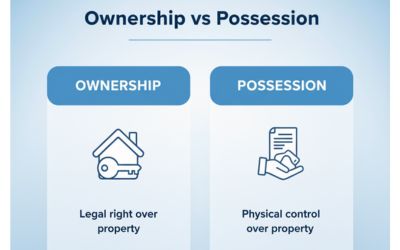






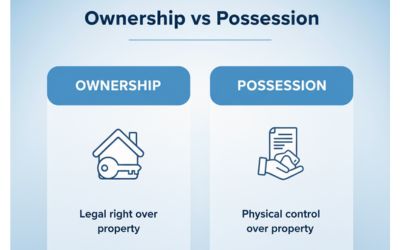




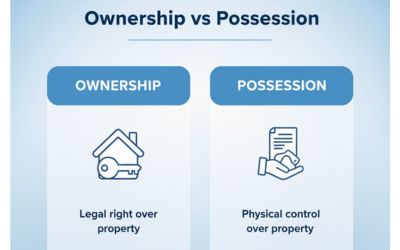
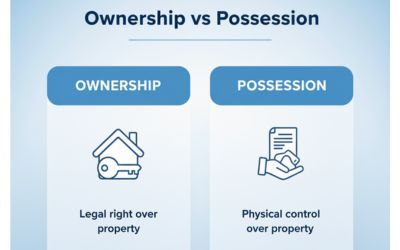







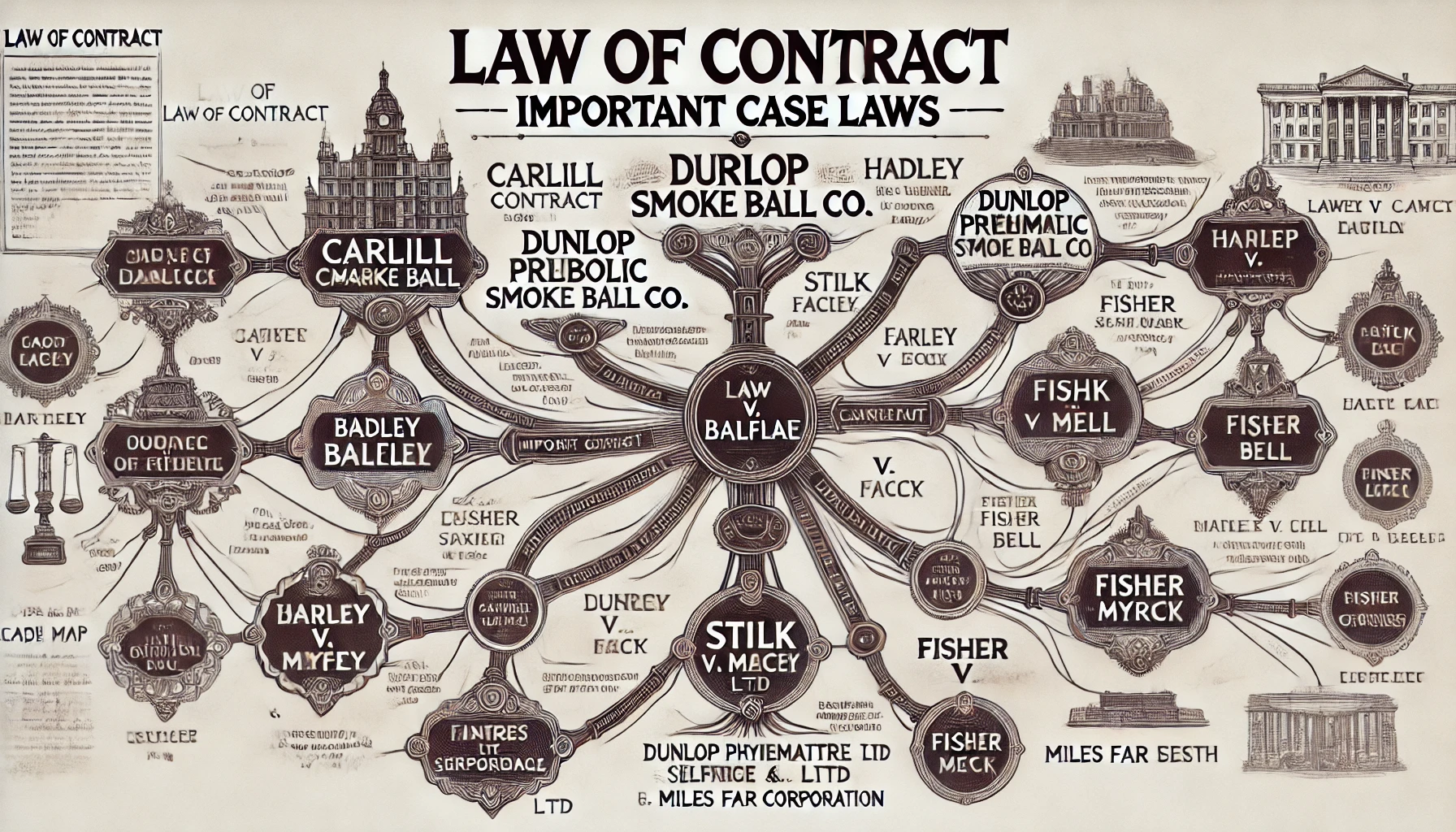
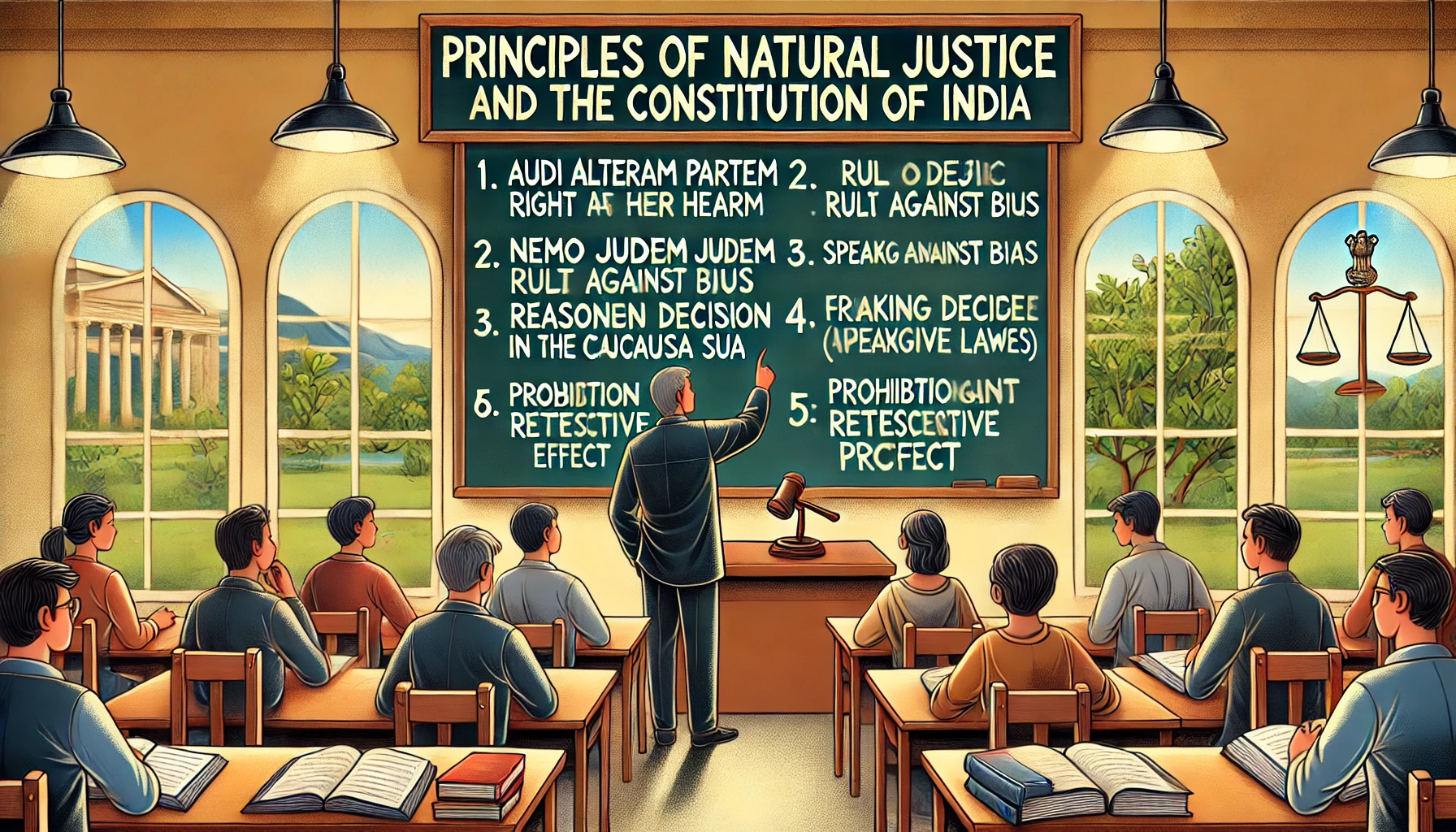
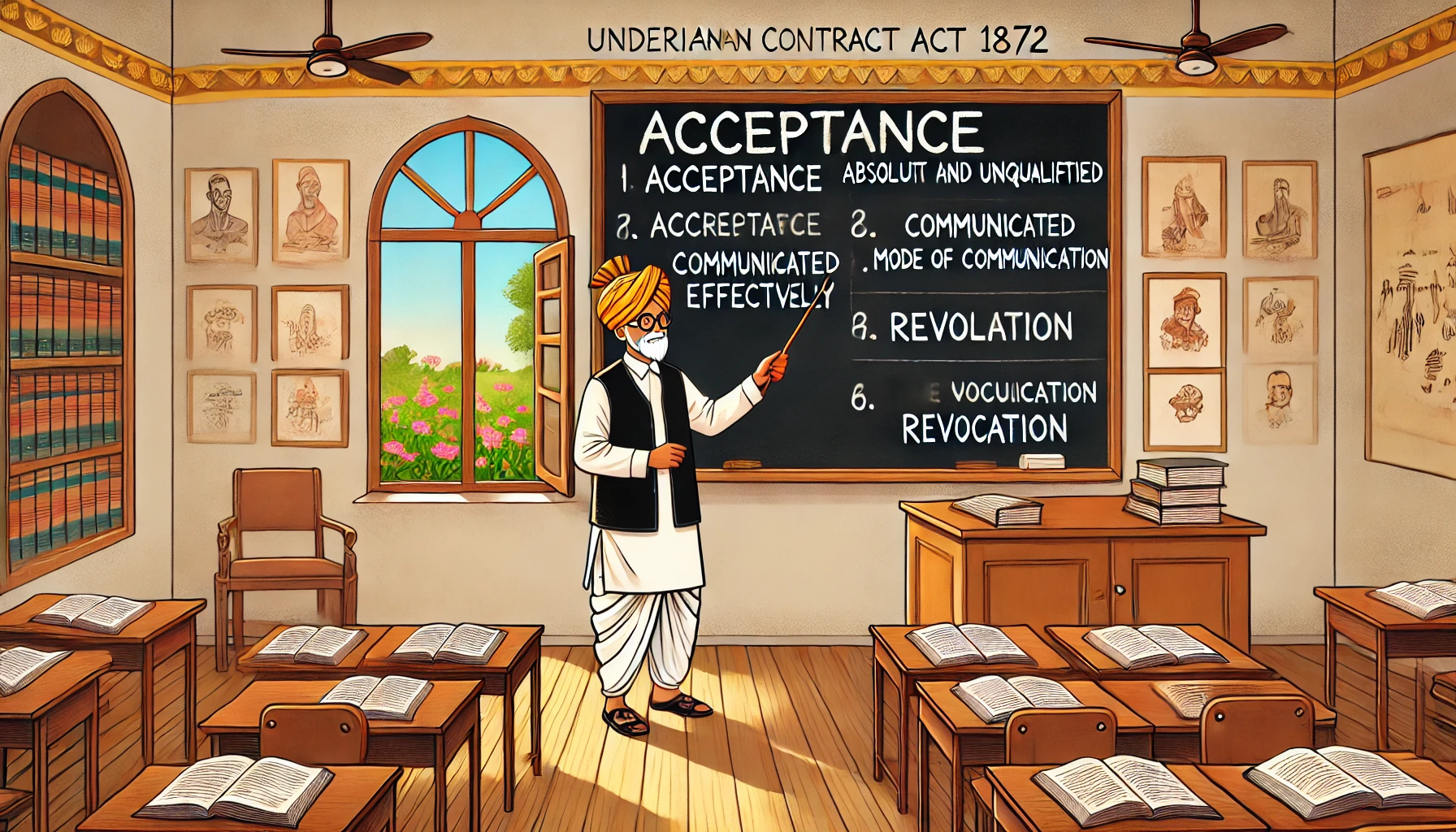

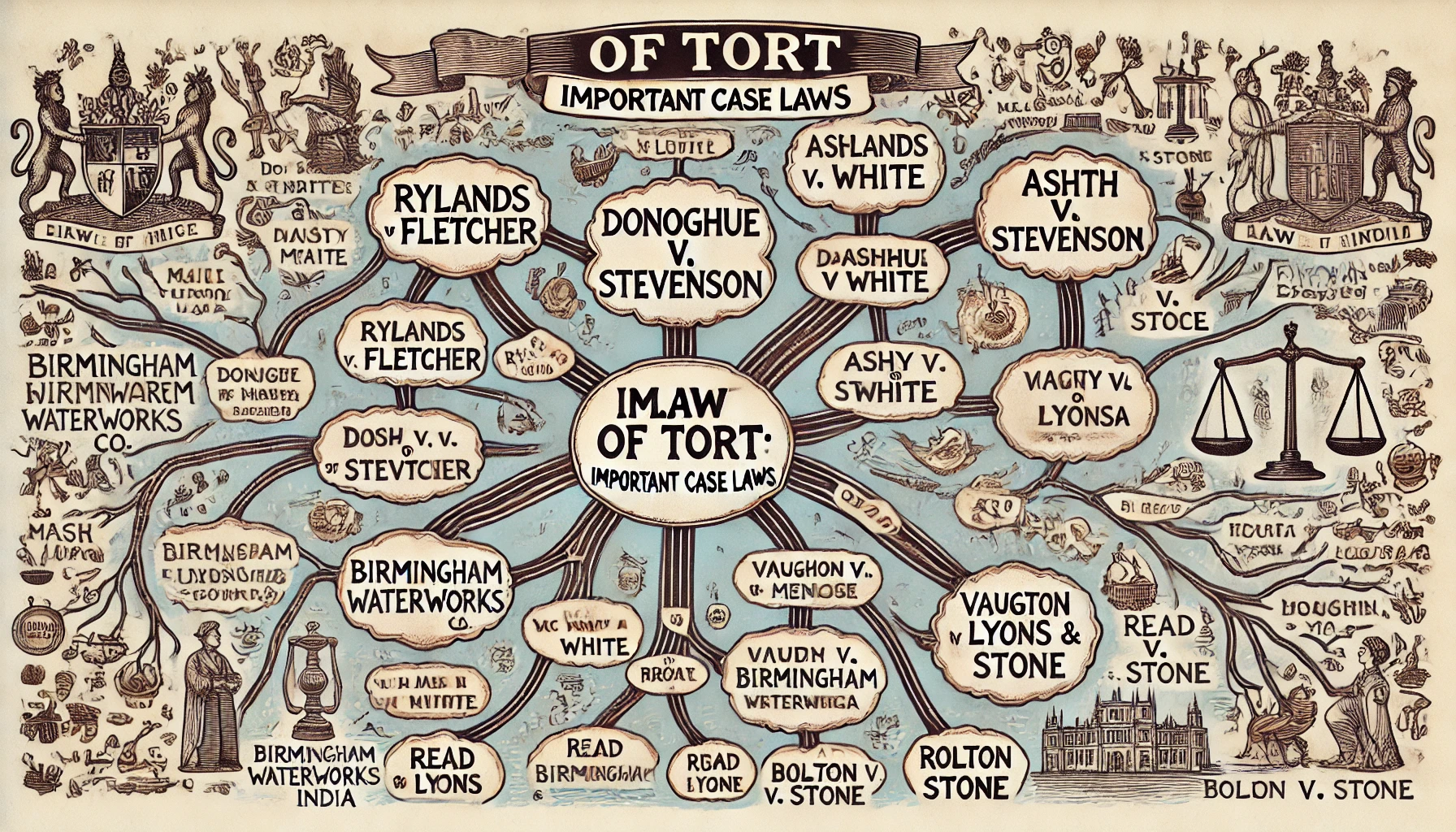


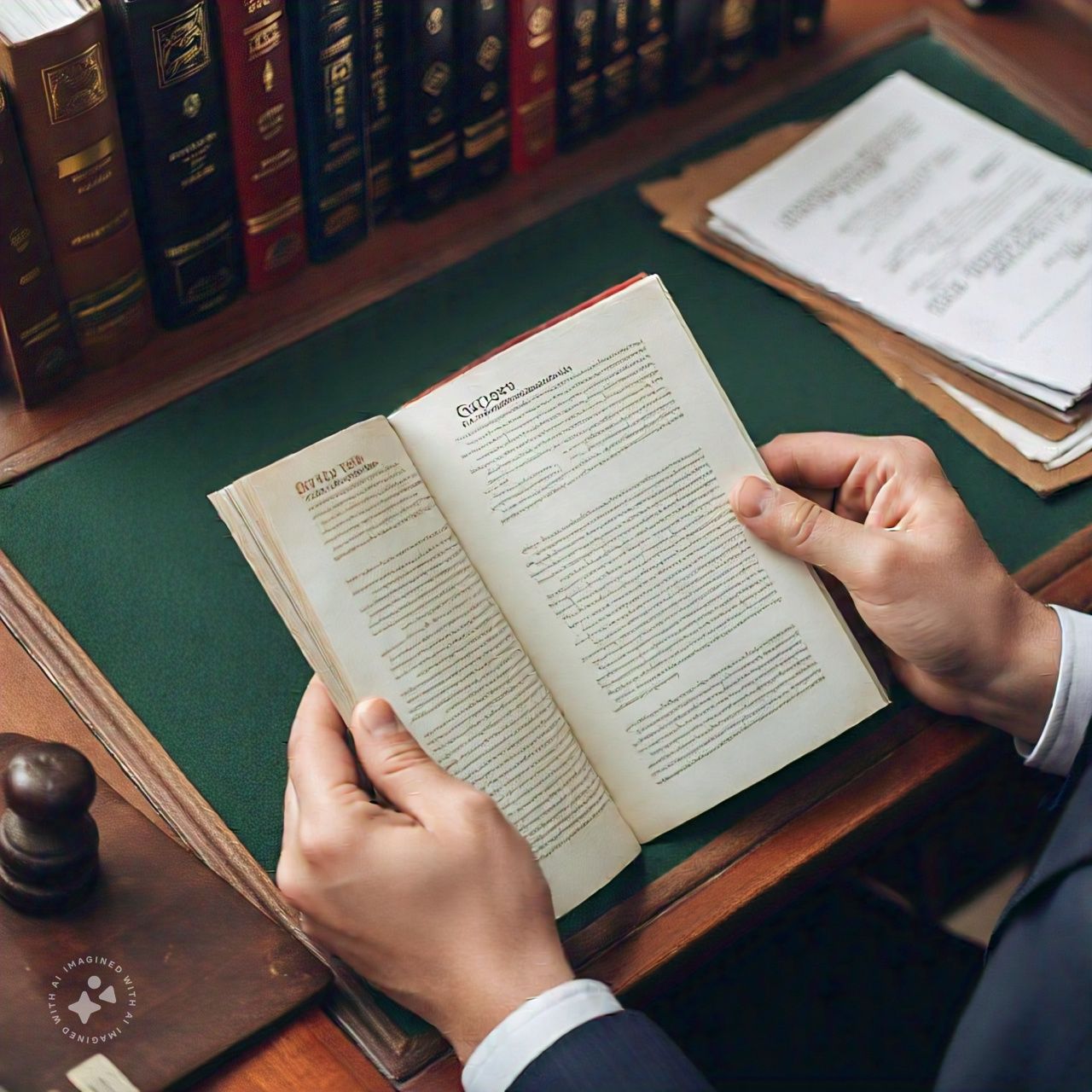


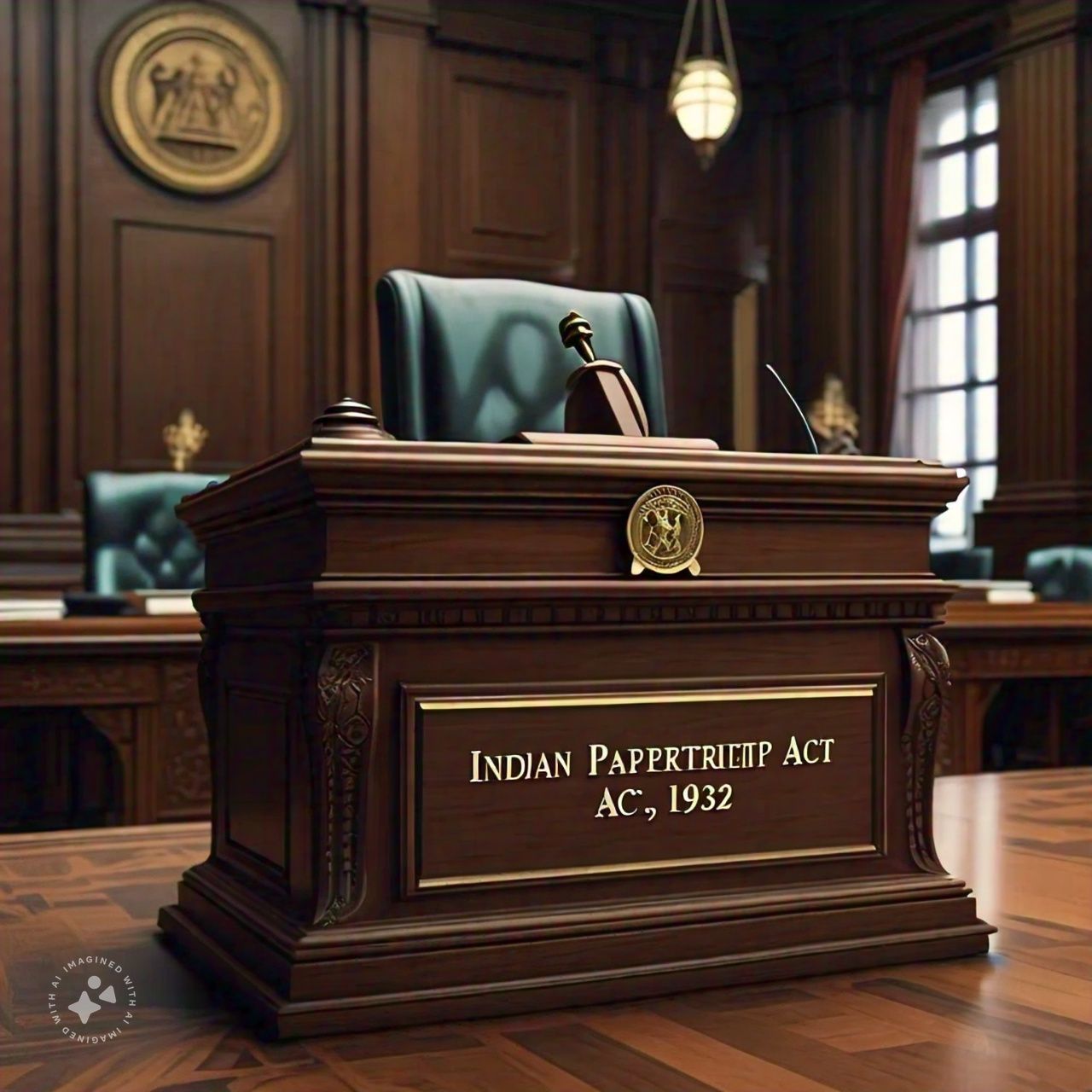



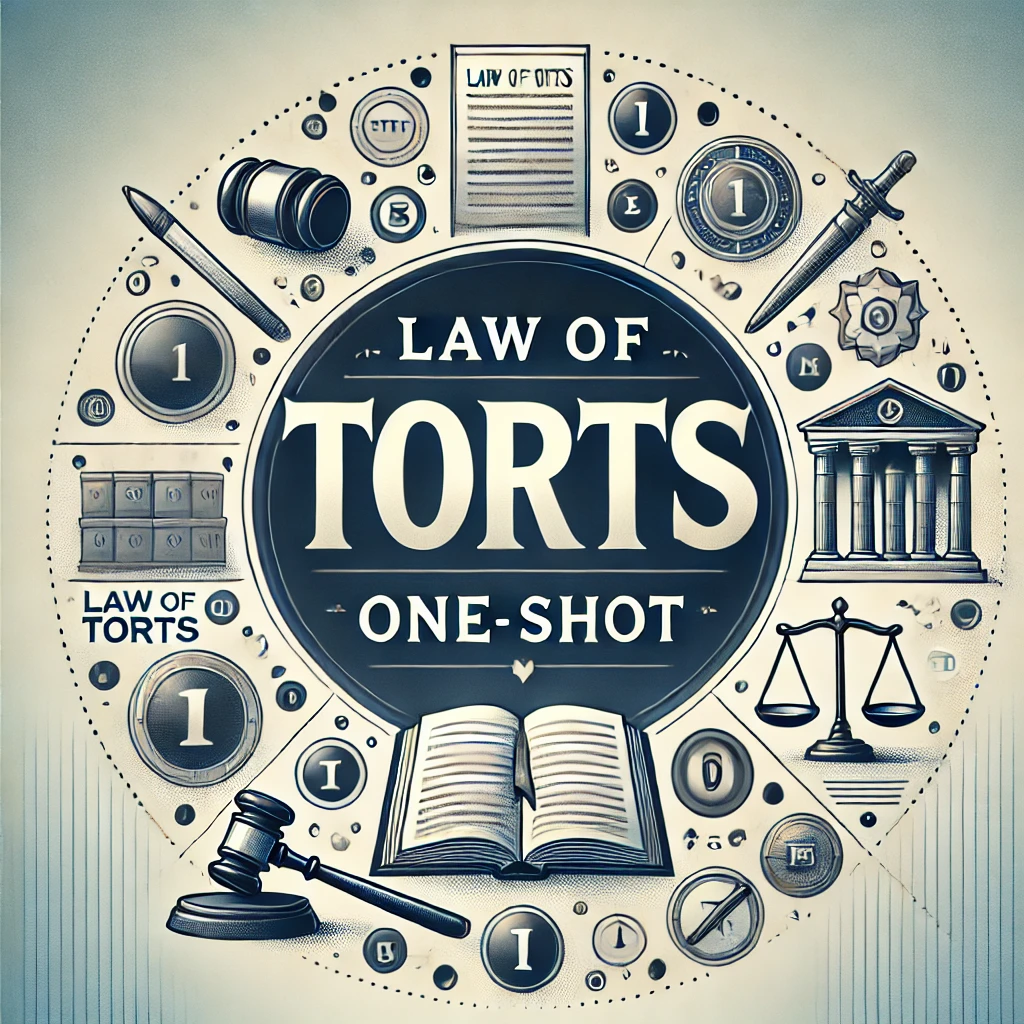
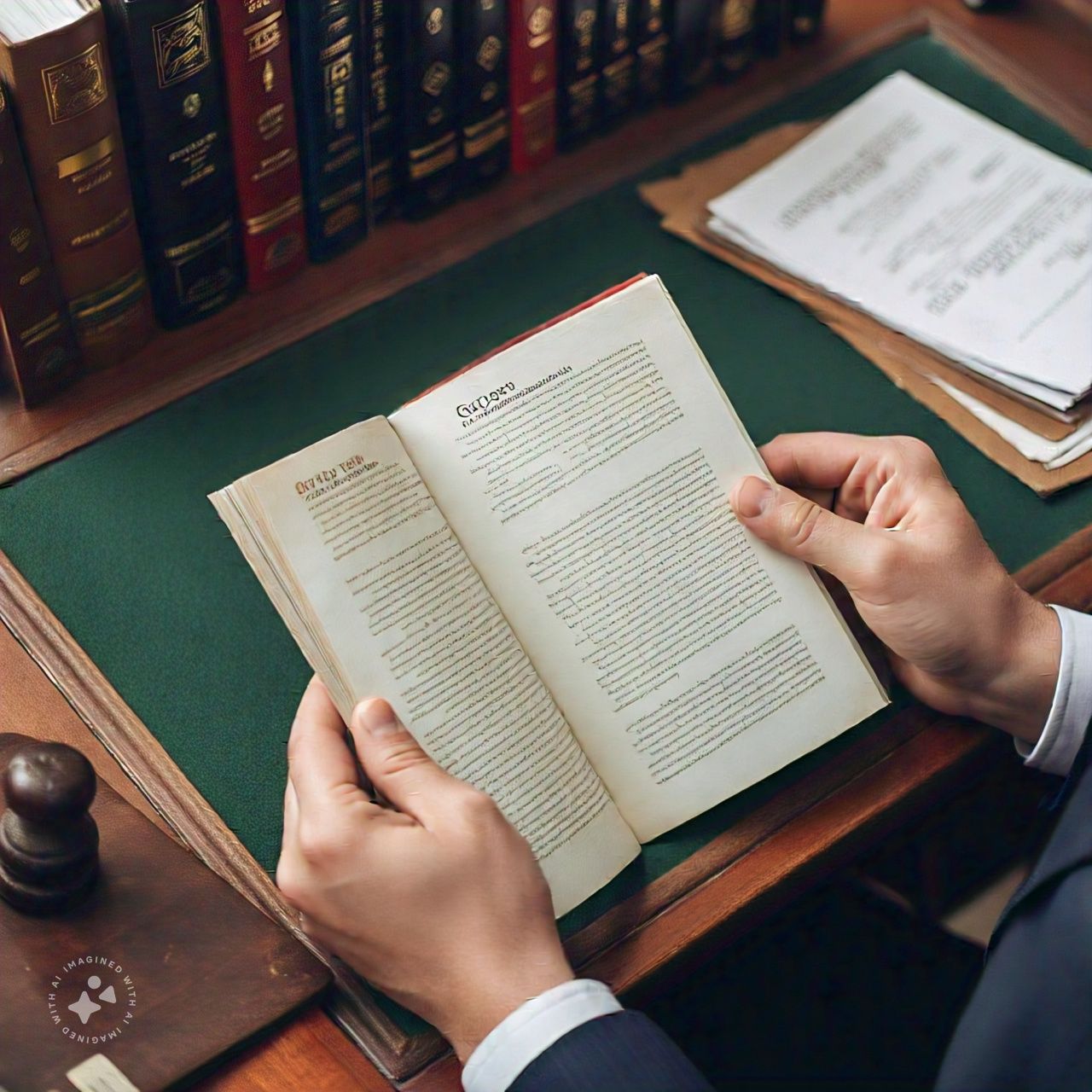

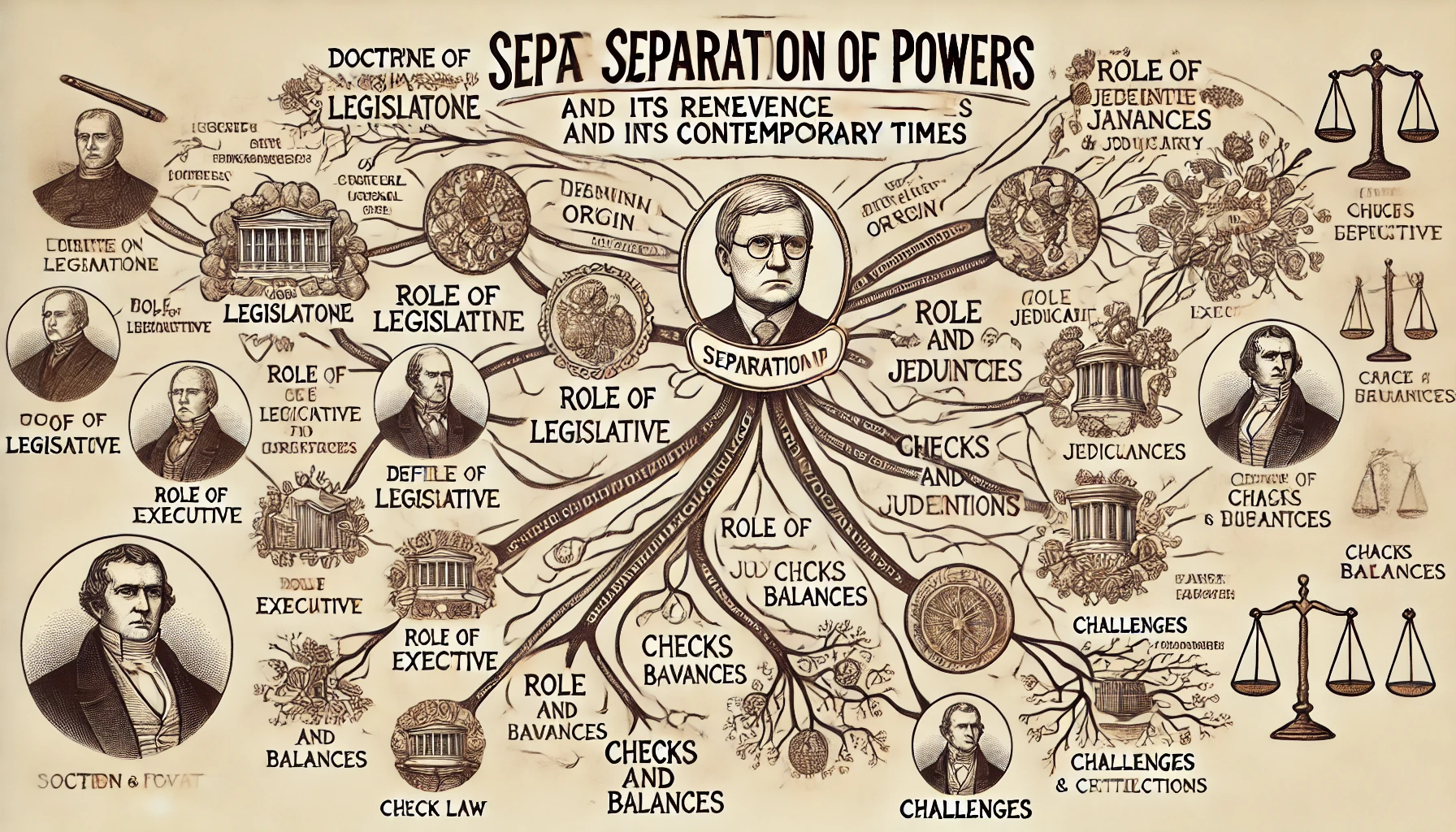



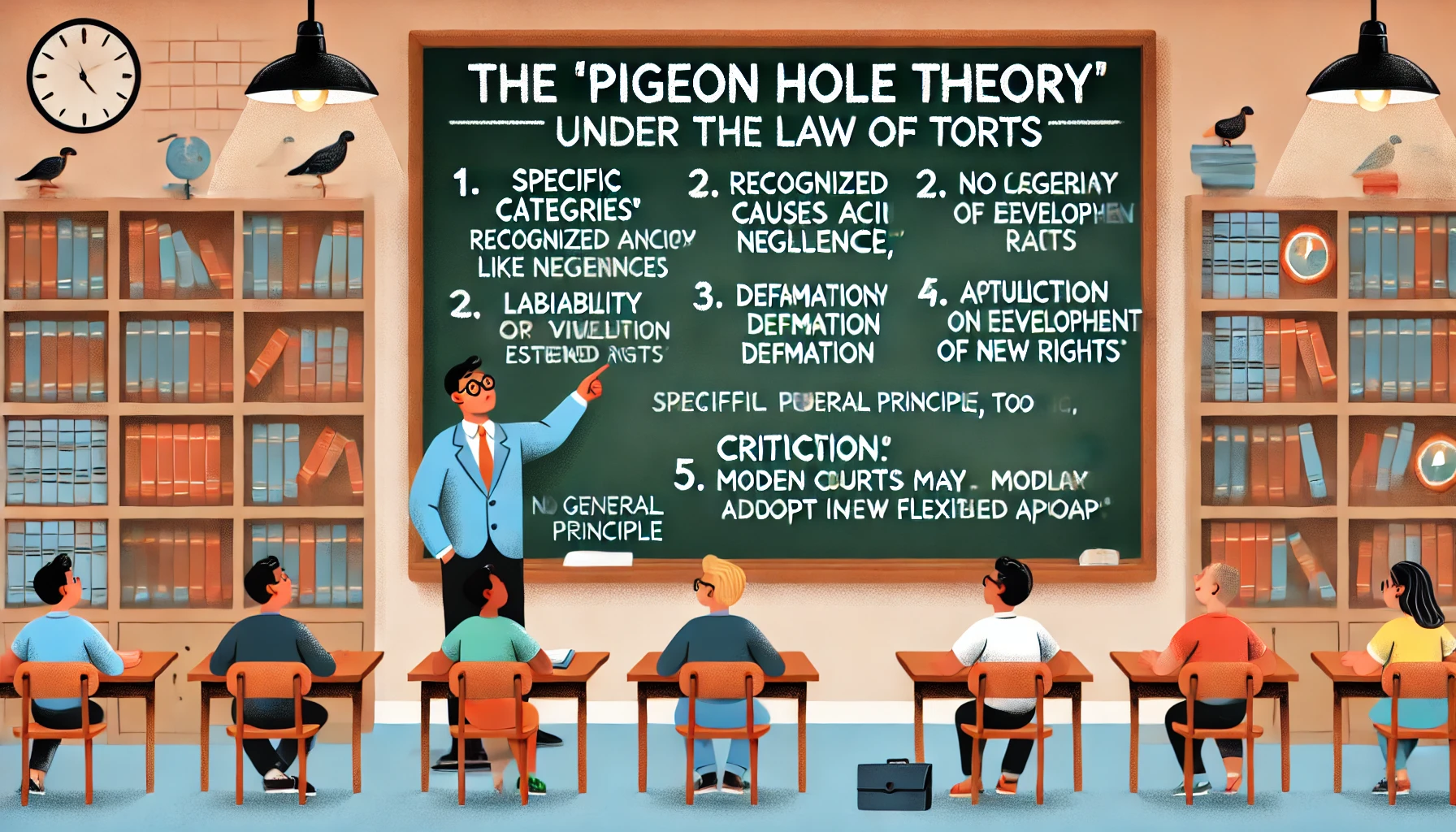


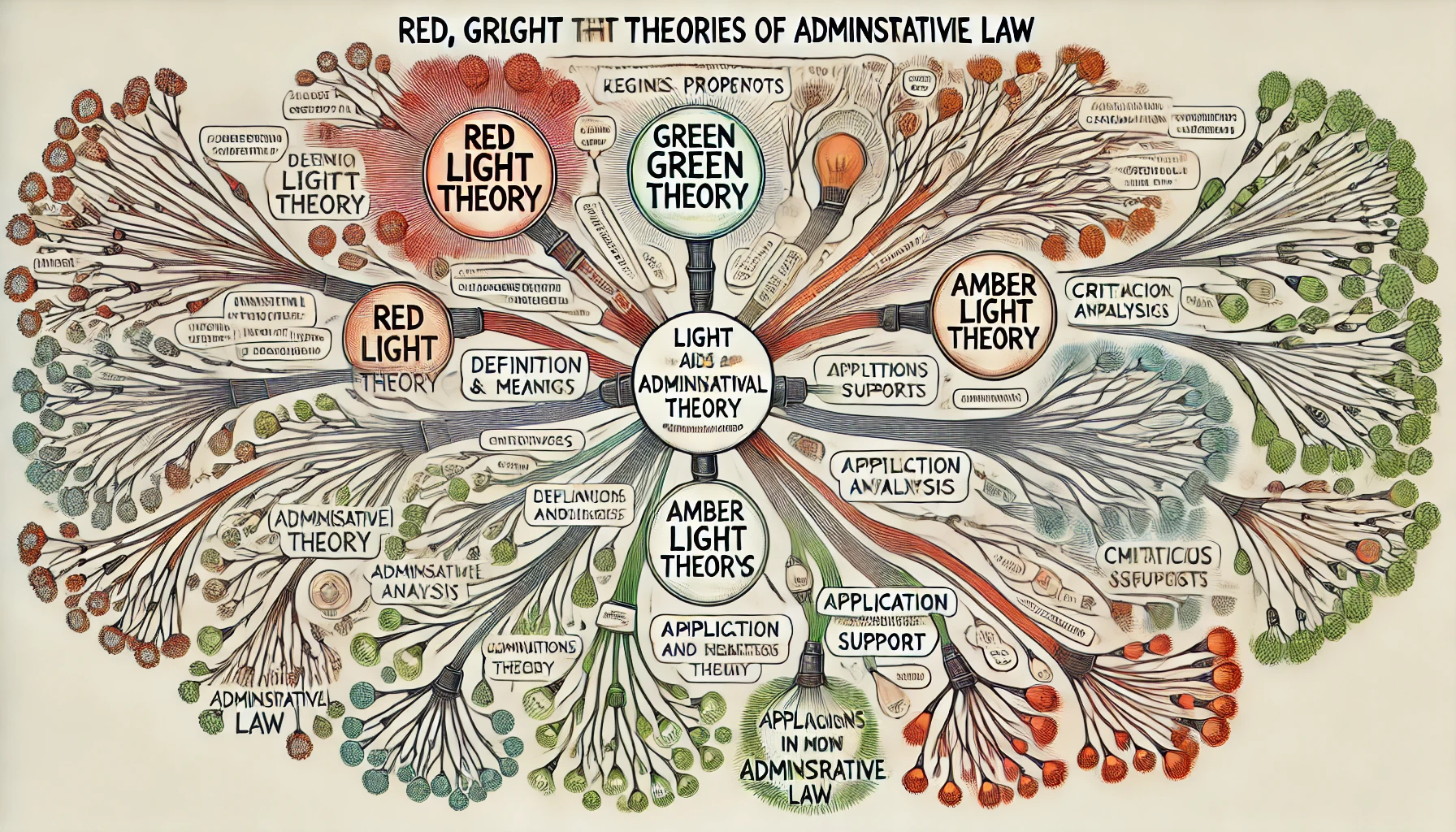

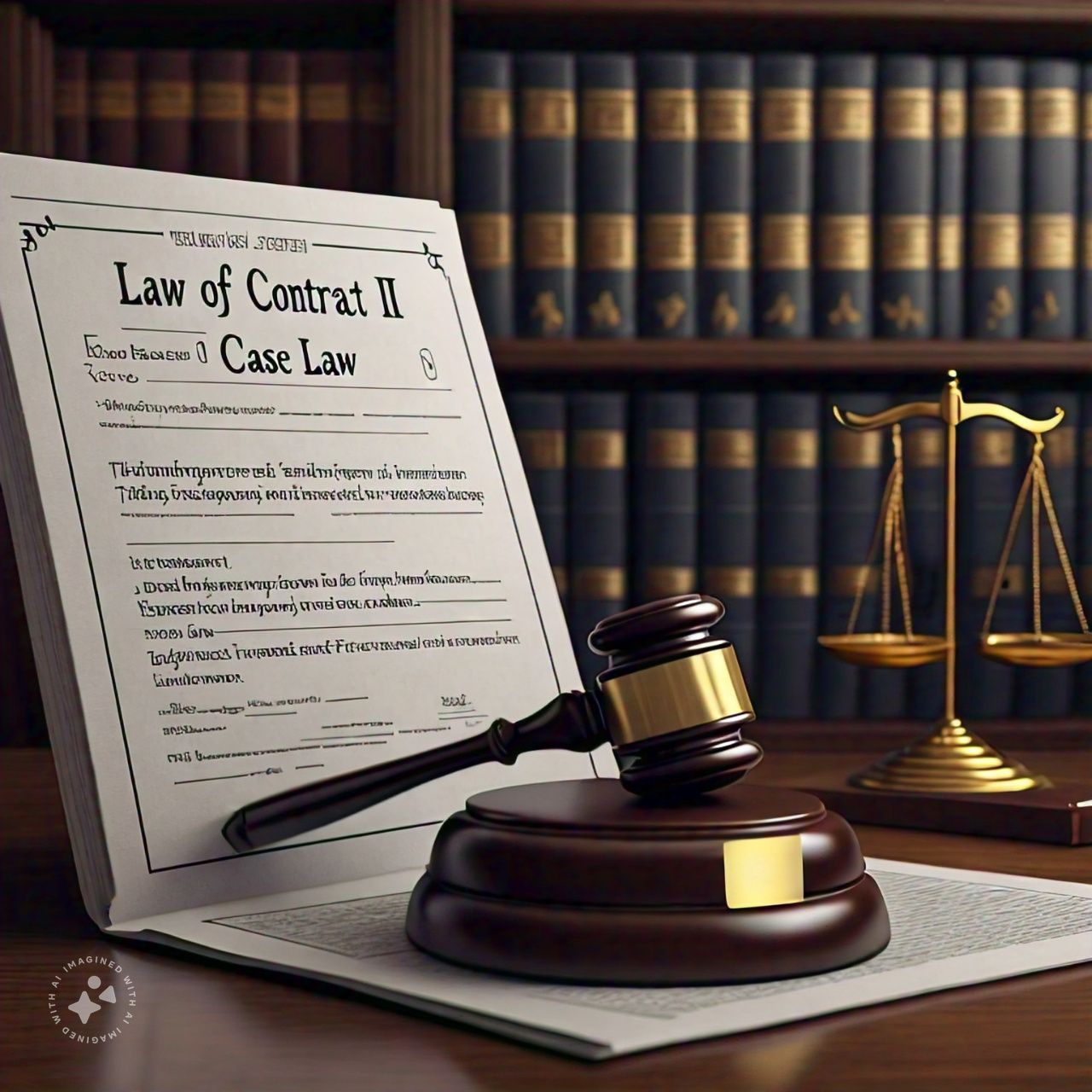
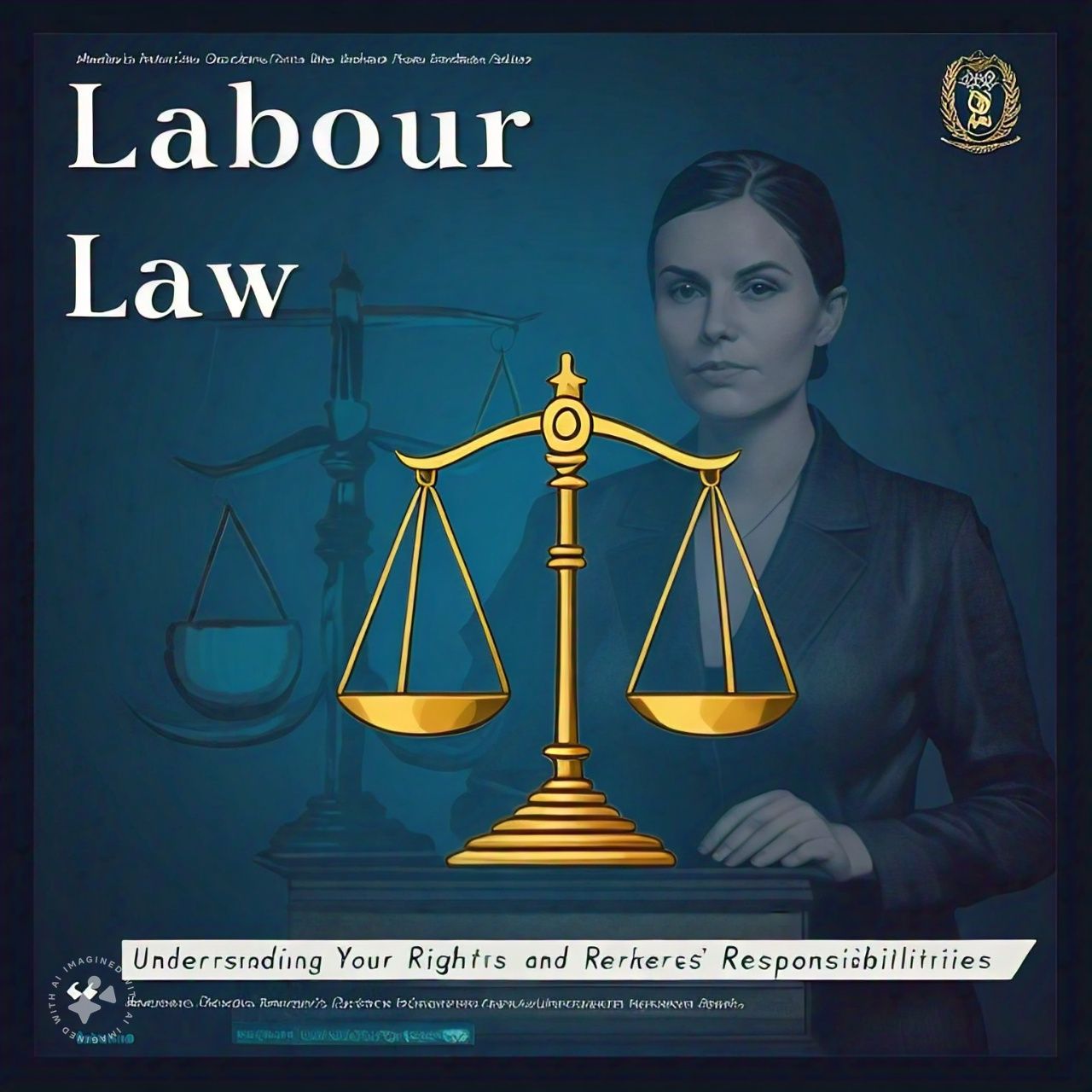

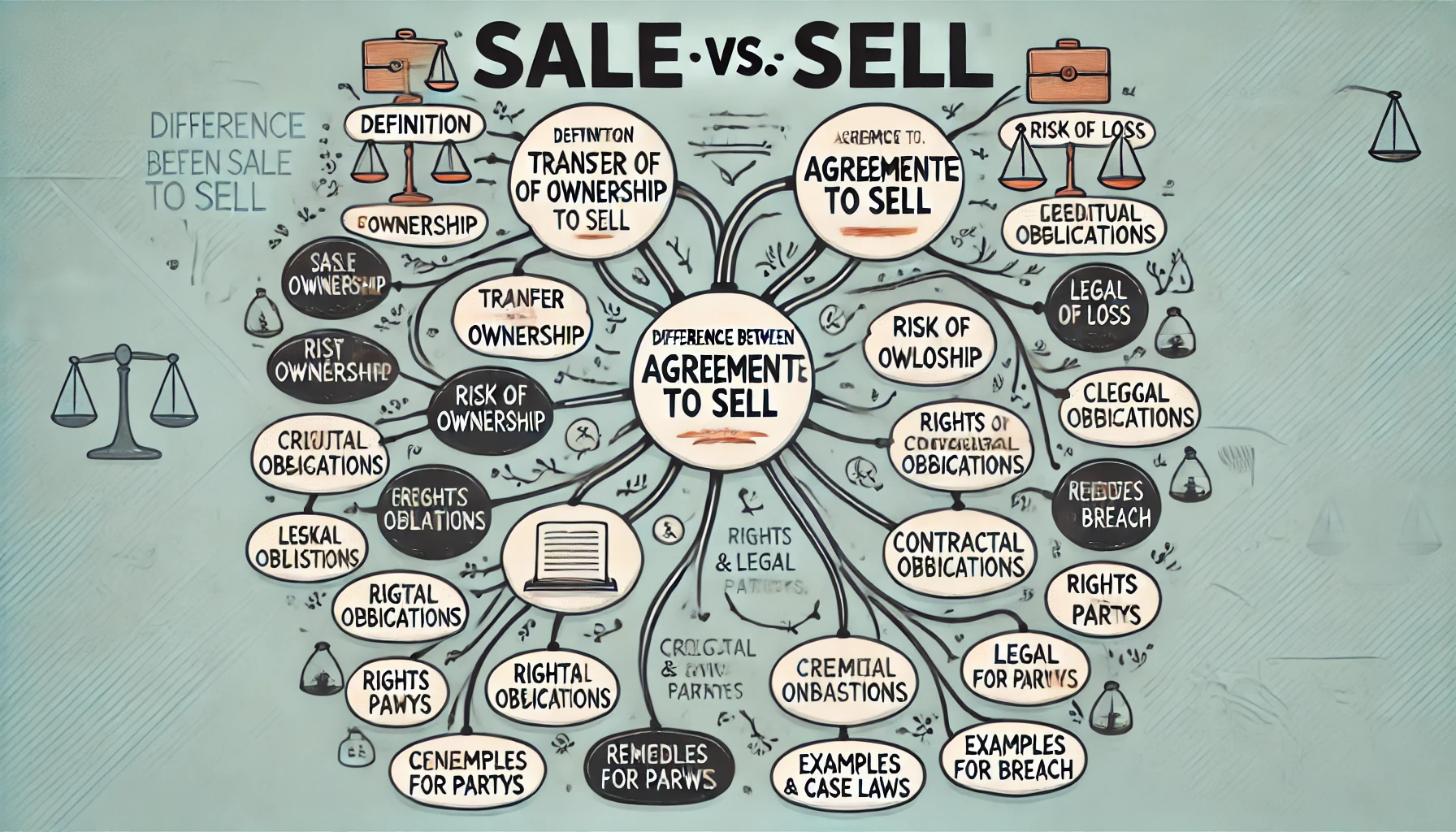

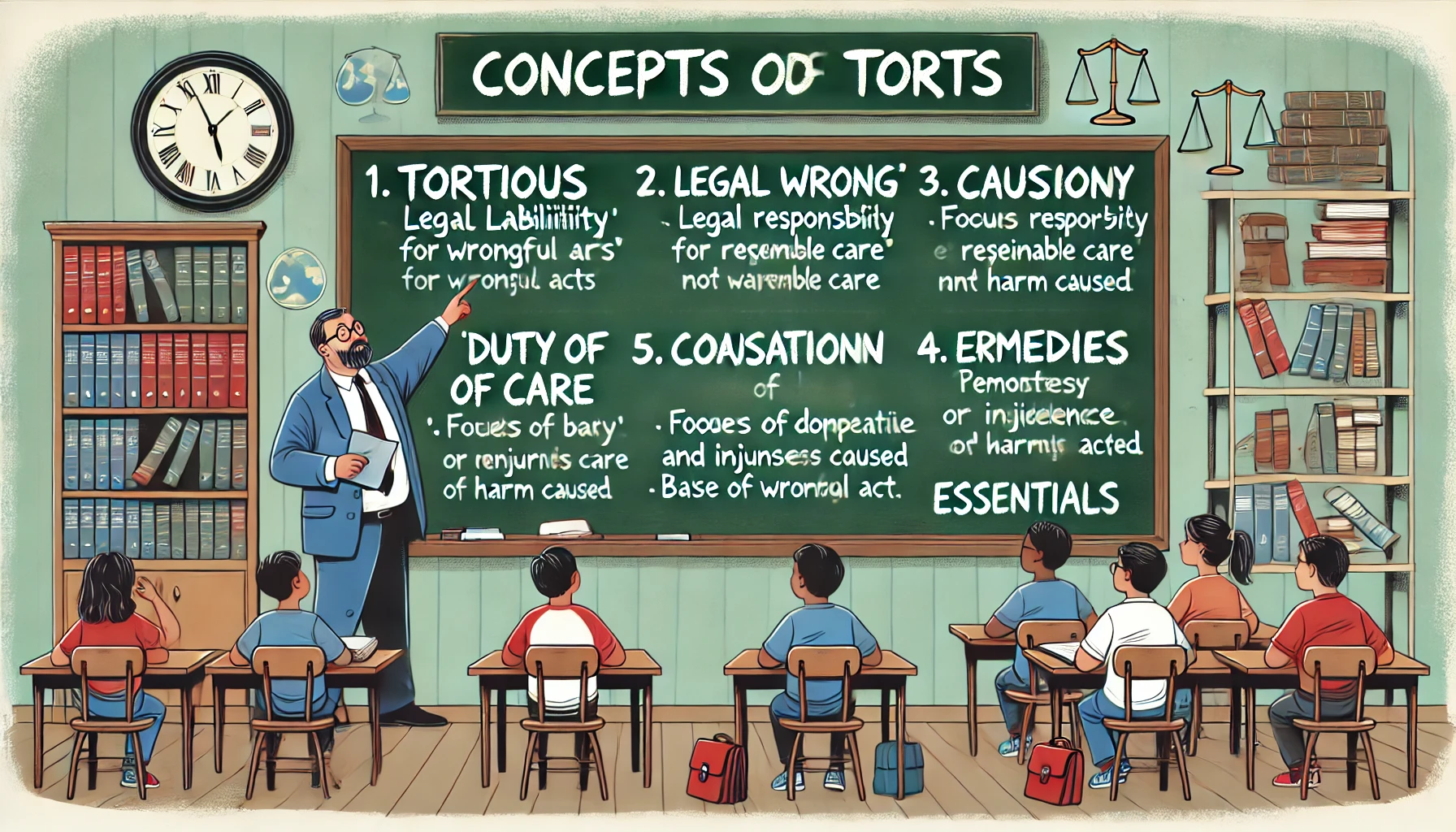
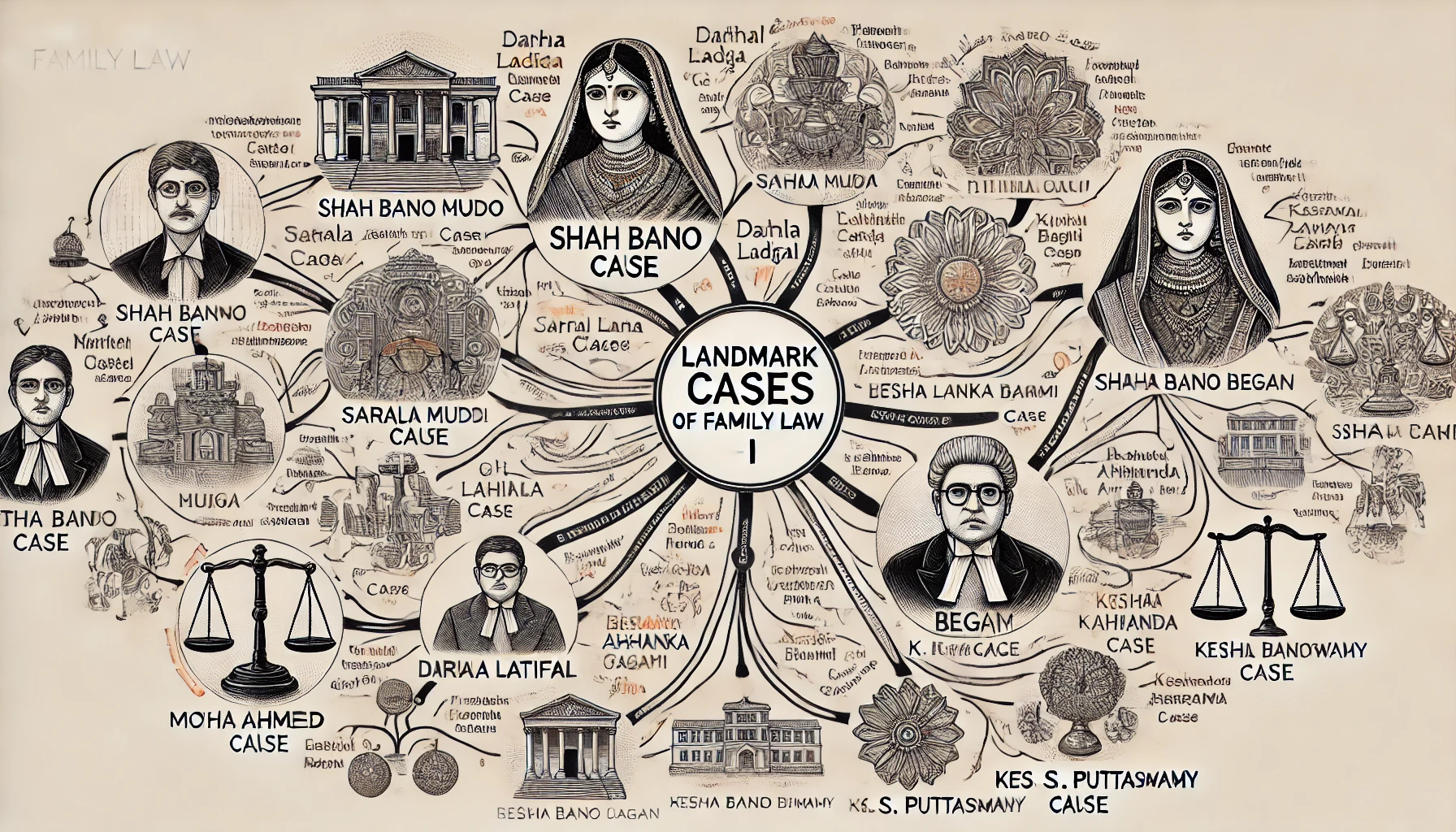

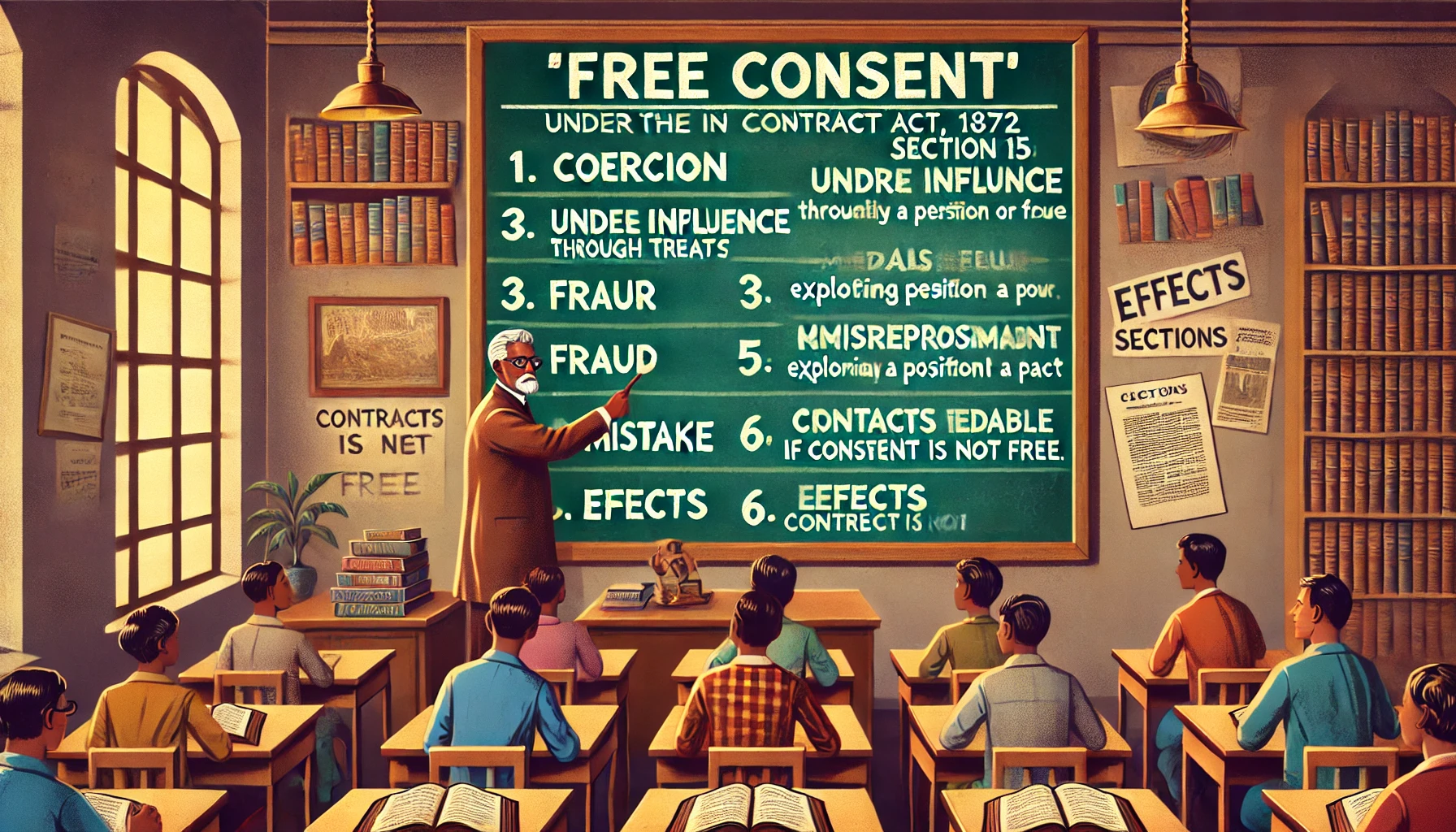
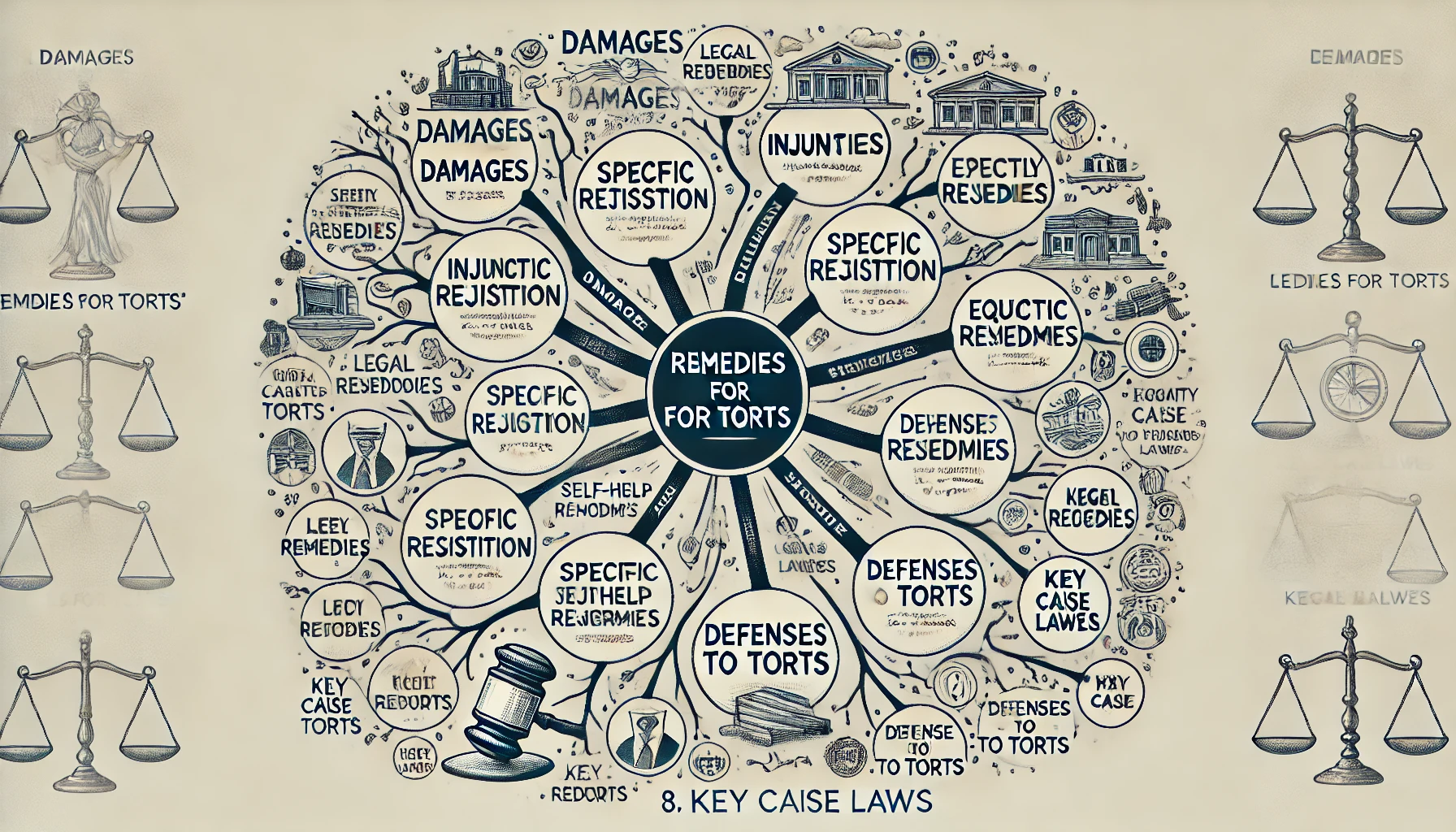


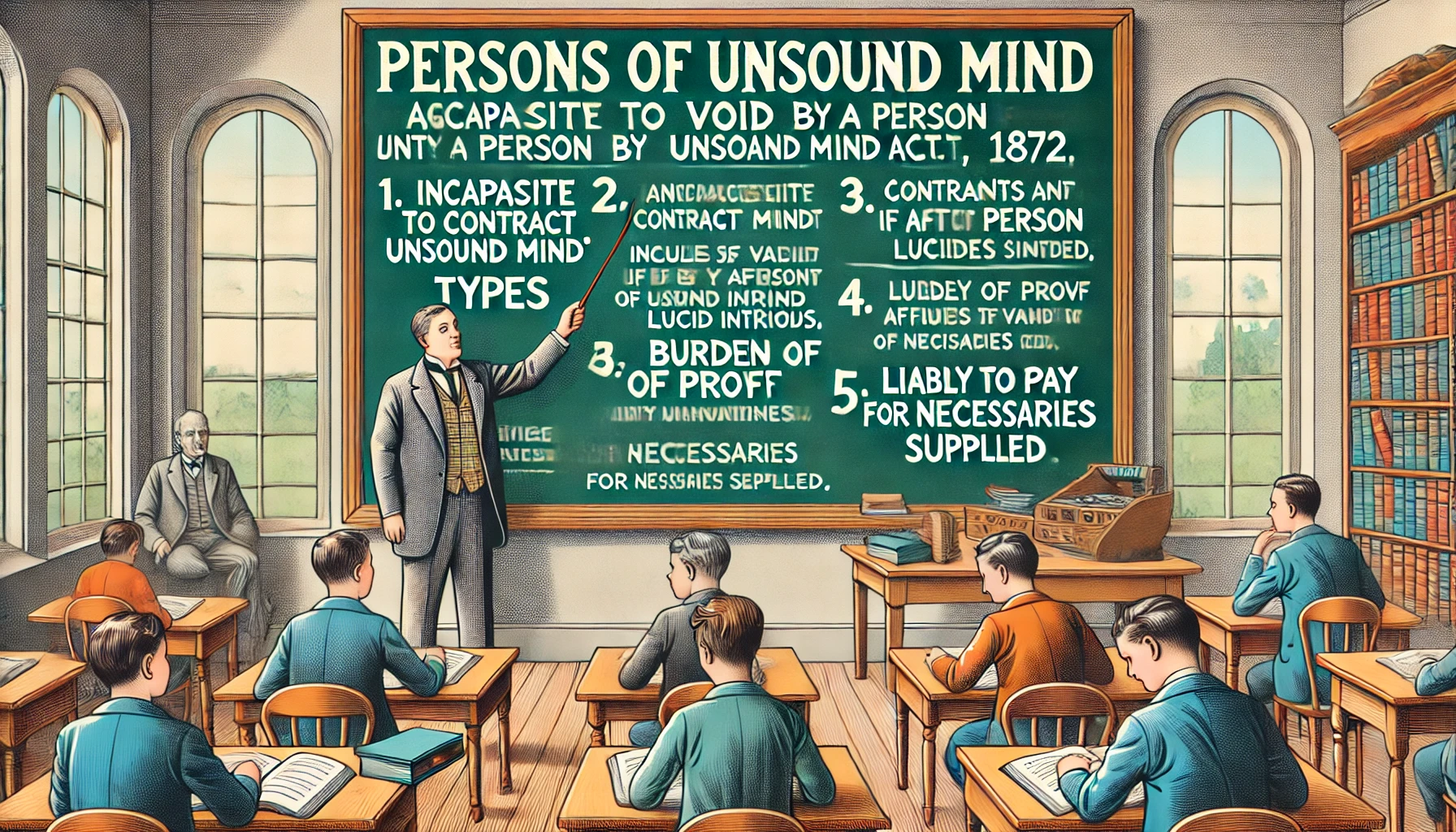
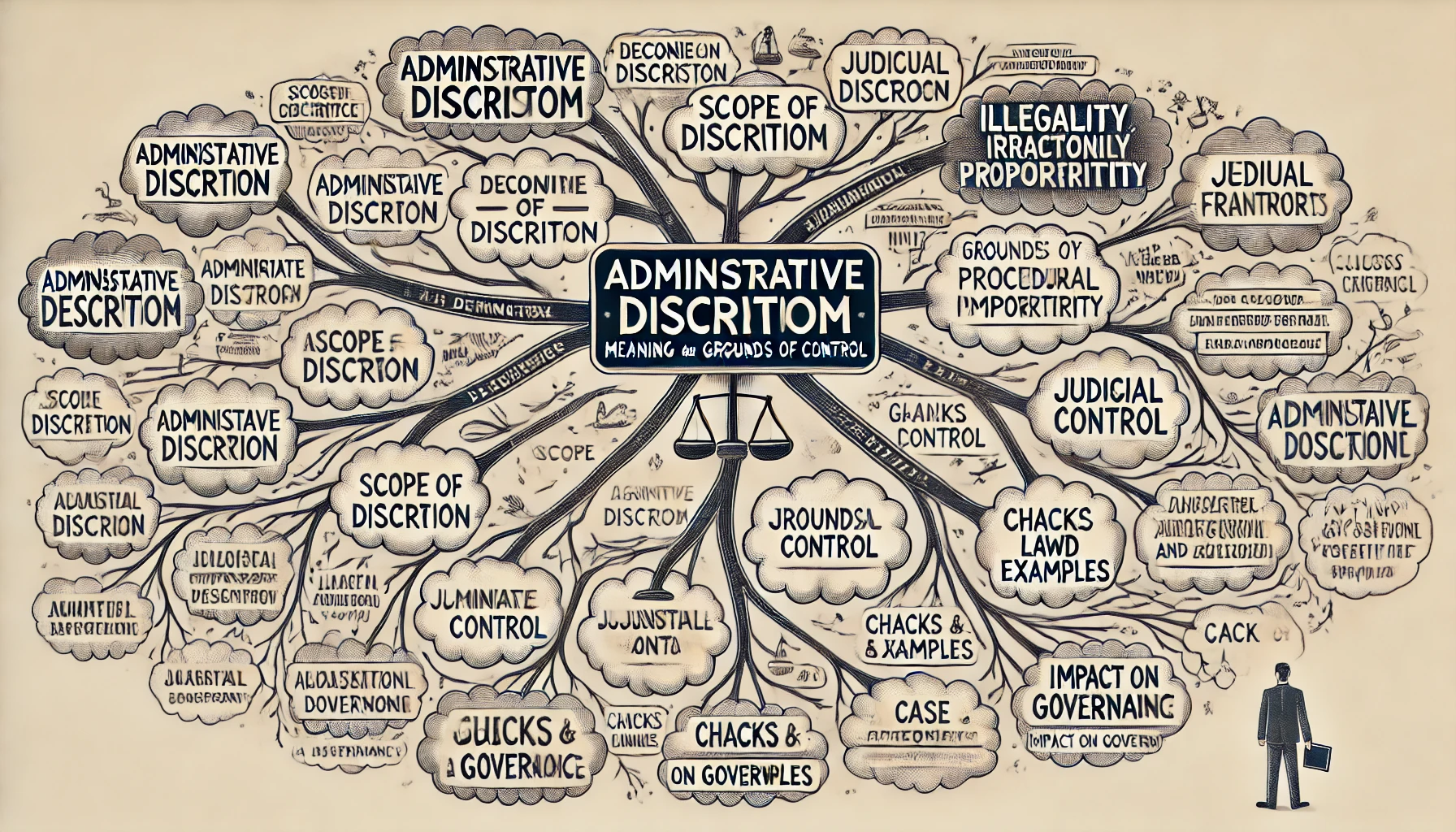
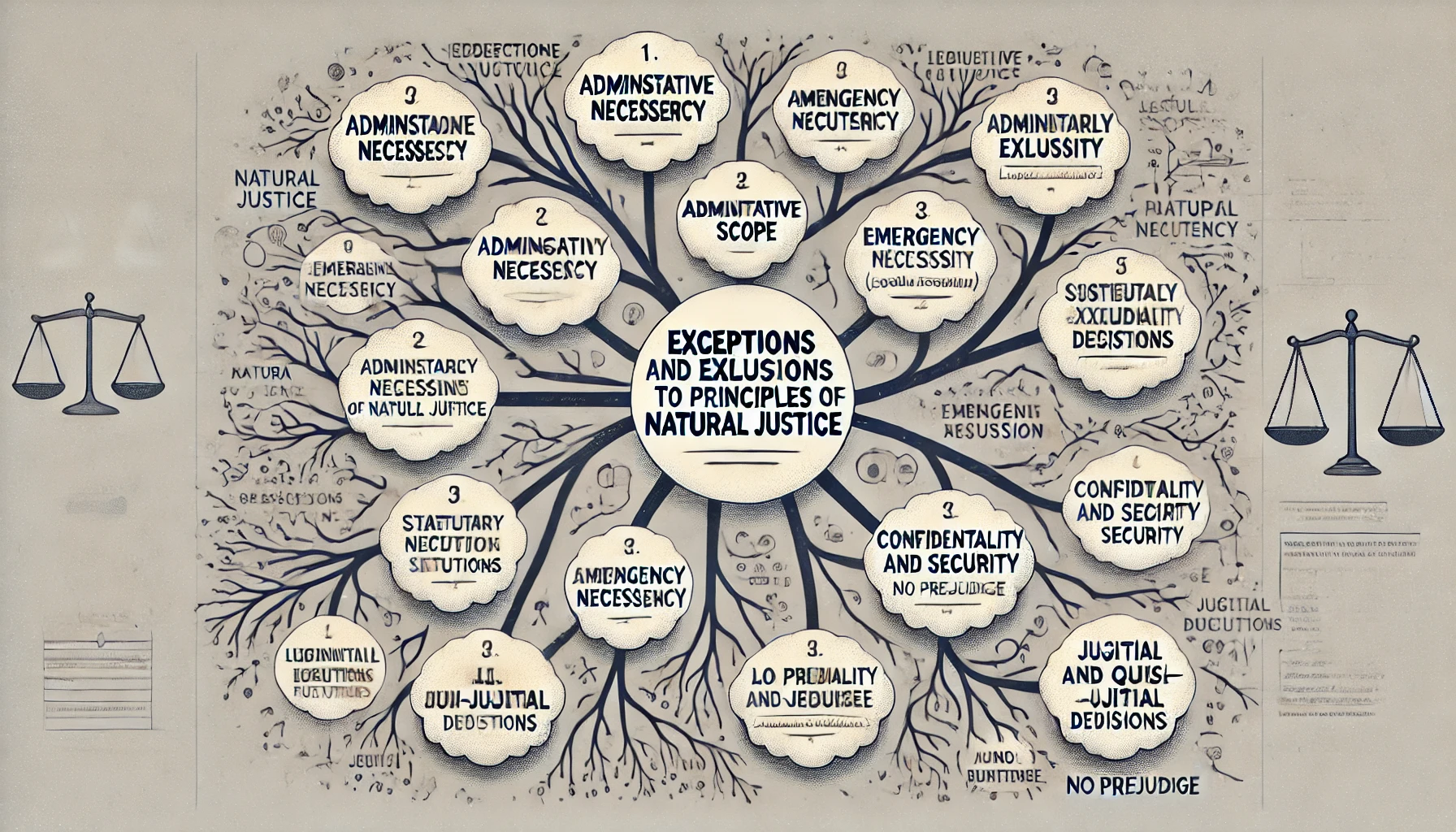





Comment
Nothing for now